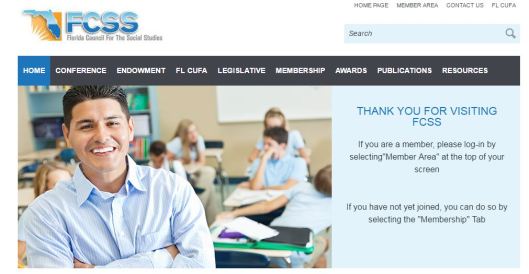There is a radical idea at the core of deliberative theory: every person’s voice is important.
I say this idea is radical because it’s the kind of thing one generally feels they ought to say without necessarily being the kind of thing one is genuinely inclined to believe.
Believing every voice is important has the virtuous quality of implying an egalitarian sense of justice and equity. Being in favor of the continued oppression of the oppressed is hardly popular in most circles.
But making this claim, truly believing this claim, goes beyond the nobel argument that those who are most vulnerable, who are most silenced should, too, have a voice in our collective creation of the world.
Believing that every voice – every voice – is important means supporting blowhards and bigots, the ignorant and the idiots.
That is a difficult belief to bear.
One can try to resolve this conflict through imposed norms of consideration and inclusion, but such measures fall short of being deeply satisfactory. For one thing, it raises complex normative questions as people’s core identities conflict – cries of religious discrimination and reverse racism are sure to follow; arguably trading one person’s silence for another.
More deeply, while such norms importantly shape the safety of an otherwise hostile environment, they do little to eradicate the deep, systemic issues underneath. Being ‘color blind’ may have made overt racism impolite, but it has done little to resolve the structural racism of our society.
These are, of course, meaningful topics to debate – perhaps it is entirely worthy to ask a person of privilege to step back so that someone else has the opportunity to step up. Perhaps the harm done in silencing a bigot is little compared to the harm done in letting them speak.
But such discourse also highlights the deeper, theoretical tension: who gets to speak? whose voice is important?
So in this sense, believing that every voice is important is indeed radical.
That’s not at all to say that deliberative theorists want to support bigots and idiots, but it’s a narrow path to follow.
In most deliberative discussions, participants begin by setting their own ground rules. Sometimes rules are suggested to get them started, but this is the group’s first critical task of co-creation.
Because no one else can set these rules for them. No facilitator or outside person can tell them what to think or how to behave. The members of the group need to think about what kind of conversation they want to have and they each need to agree to the rules collectively set out.
Respect is typically among the first of these values – respecting the voice and experience of every person; those you agree with and, importantly, those with whom you don’t.
This is the only way out of this tangle.
Because to believe in the value of every voice means also to believe in the power of deliberative dialogue. To believe that when every person is truly valued, when diverse perspectives are thoughtfully exchanged – that it is this collective experience which truly has the power to transform us and move us towards the ideal democracy we all separately seek.
It is radical, this belief, and – despite the possible complications – ultimately the greatest benefit to those who have been silenced; who have been deeply taught to believe that their voices, minds, and experiences don’t matter.
After all, you cannot believe that every voice is important if you don’t first find your own.




